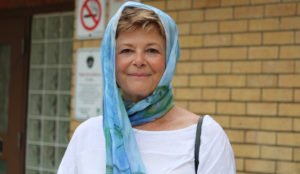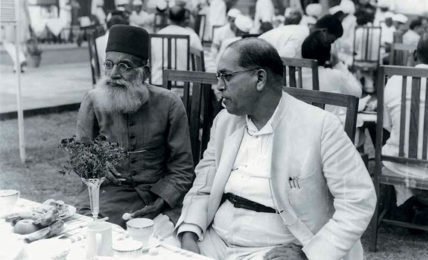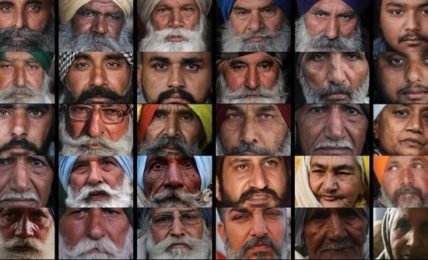Canada: Non-Muzlim women don hijabs to ‘combat Islamophobia.’ This is How White guilt + Cultural Ignorance support Izlamic Jih@d.
"The hijab symbolizes the subjugation of women in Islam. Women are required to wear the hijab according to Islamic law because it is their responsibility to remove temptation from men. If men are tempted anyway and they end up being sexually assaulted or raped, it’s their fault."




